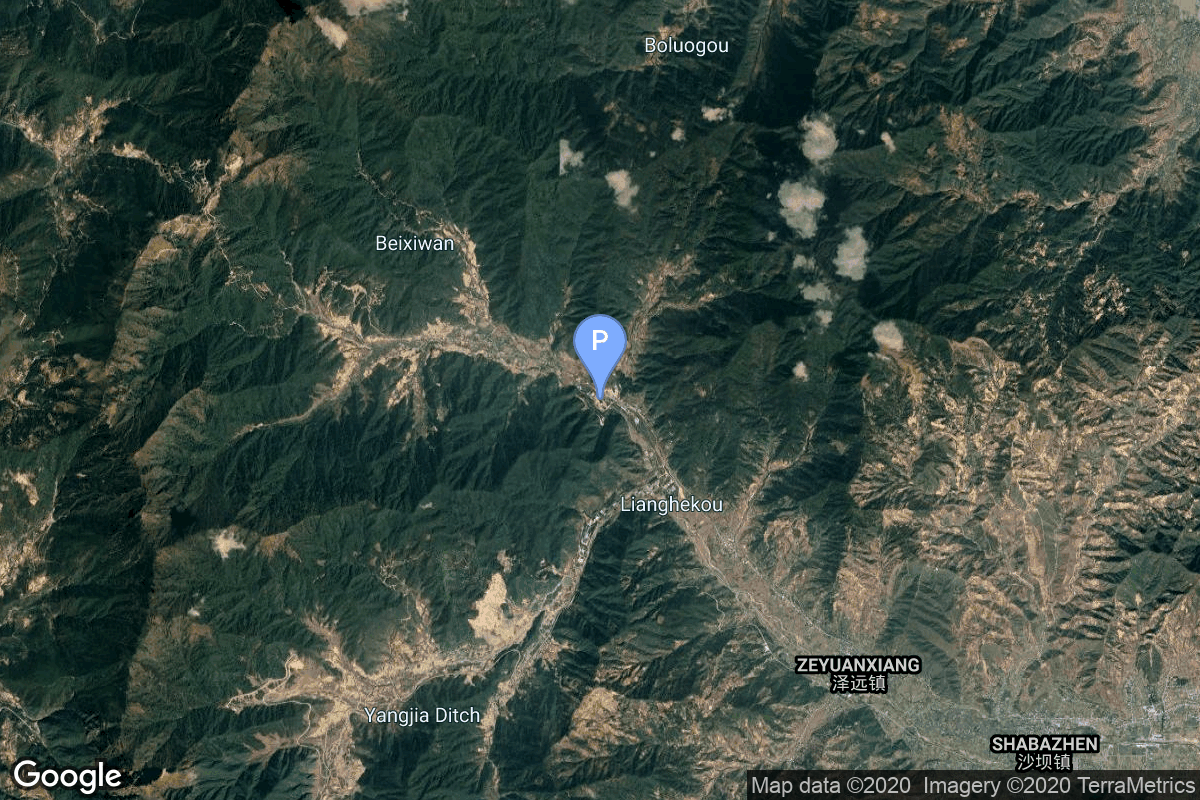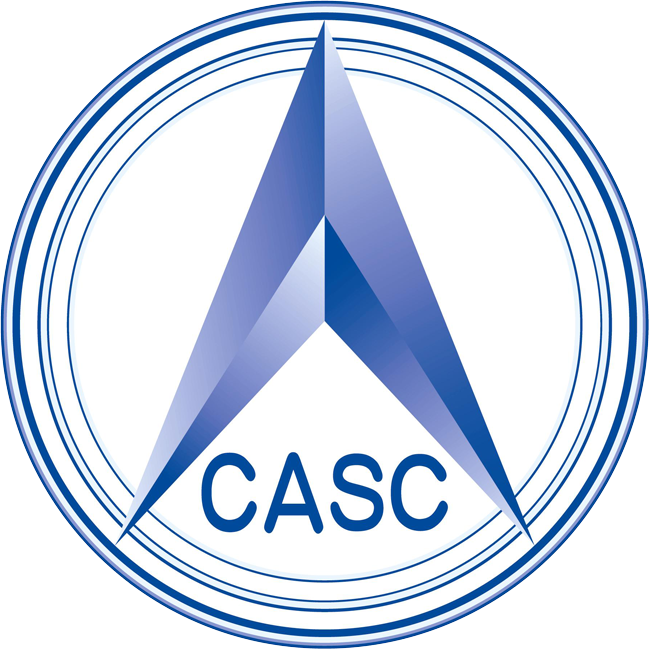Nusantara Dua
Long March 3B
China Aerospace Science and Technology Corporation
Mission
Nusantara Dua
- Type: Communications
- Orbit: Geostationary Transfer Orbit
- Launch Cost: $70,000,000
Nusantara Dua is a high throughput communications satellite built by CAST for Indonesian satellite operator PT Pasifik Satelit Nusantara. It will replace the Palapa D satellite. Nusantara Dua will provide broadband internet and broadcasting access to users in Indonesia, as well as some regions of Asia-Pacific and Australia.
Location
Rocket
China Aerospace Science and Technology Corporation Long March 3B
The Long March 3B is a Chinese orbital carrier rocket. Introduced in 1996, it is launched from Launch Area 2 and 3 at the Xichang Satellite Launch Center in Sichuan. A three-stage rocket with four strap-on liquid rocket boosters, it is currently the most powerful member of the Long March rocket family and the heaviest of the Long March 3 rocket family, and is mainly used to place communications satellites into geosynchronous orbits.
Agency
China Aerospace Science and Technology Corporation
The China Aerospace Science and Technology Corporation (CASC) is the main contractor for the Chinese space program. It is state-owned and has a number of subordinate entities which design, develop and manufacture a range of spacecraft, launch vehicles, strategic and tactical missile systems, and ground equipment. It was officially established in July 1999 as part of a Chinese government reform drive, having previously been one part of the former China Aerospace Corporation. Various incarnations of the program date back to 1956.


